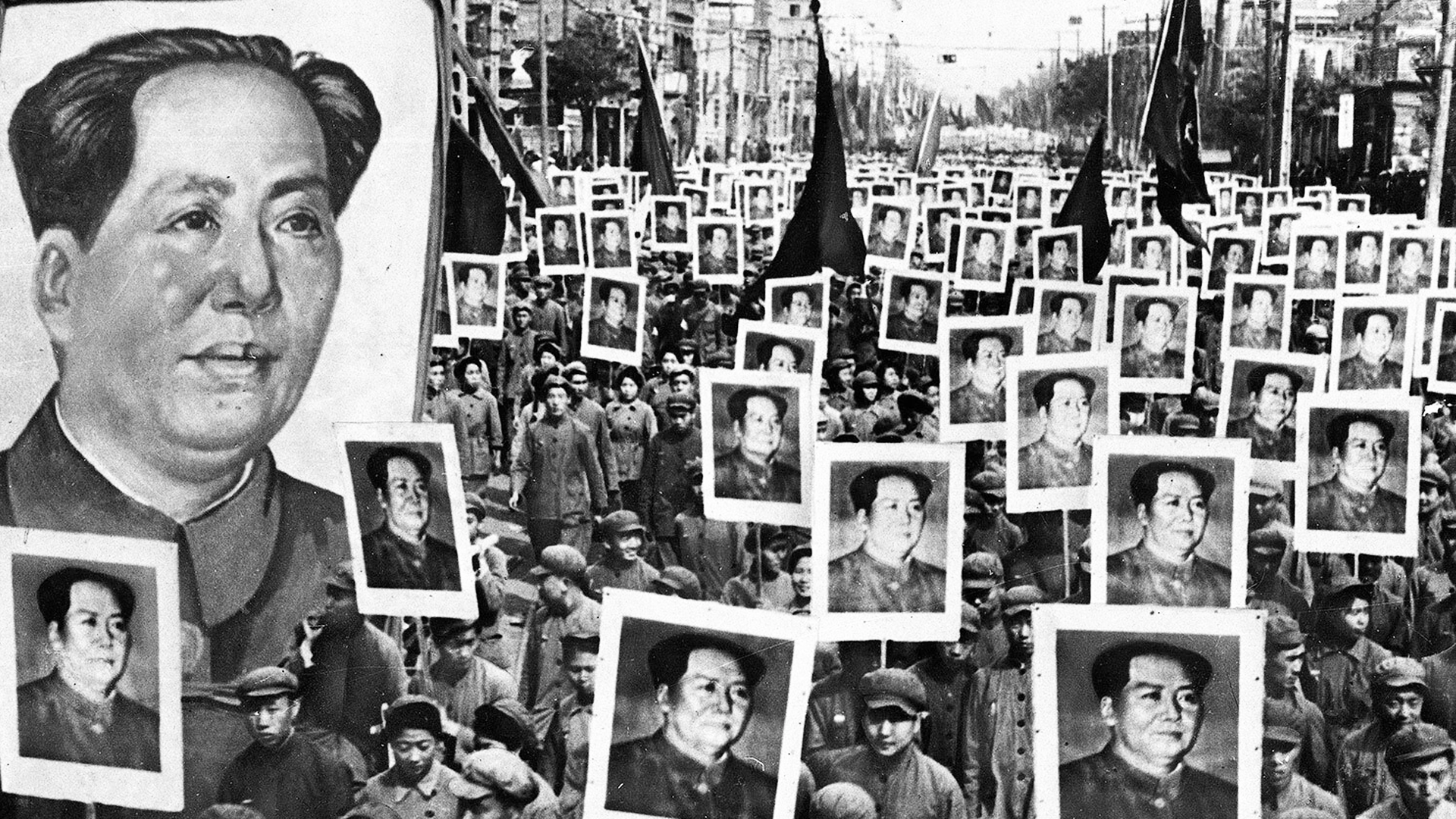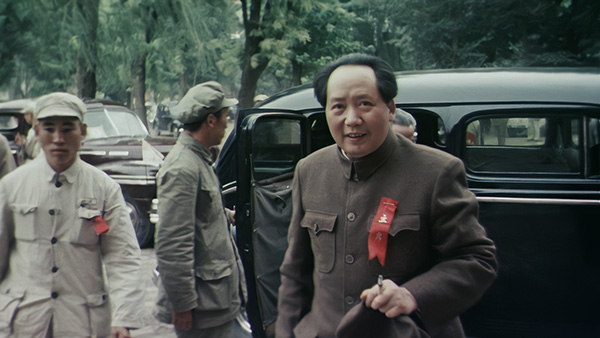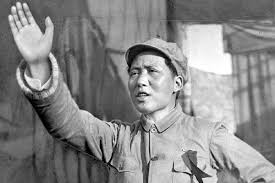Mao Zedong Outlines New Communist Government

Mao Zedong laid out a new government, one rooted in Communist Party rule, and promised that China would never again be treated as a 'backward nation.'
What Happened?
For decades, China had been torn apart by foreign invasions, warlords, and civil war. By 1949, Mao Zedong and the Chinese Communist Party had defeated Chiang Kai-shek’s Nationalist forces, who retreated to Taiwan. It was the end of one era and the start of another.
At the Chinese People’s Political Consultative Conference in Beijing, Mao formally outlined the new government. His message was clear: China would be ruled under Communist Party leadership, and enemies—both foreign and domestic—would not be allowed to undo the revolution.
Mao introduced the idea of the 'People’s Democratic Dictatorship.' In his words, it was a weapon meant to defend the revolution and ensure that counter-revolutionaries could never return to power. This set the tone for the one-party rule that still defines China today.
Mao also emphasized aligning with the Soviet Union and other communist nations. The U.S., which had backed the defeated Nationalists, quickly became China’s adversary in the Cold War world that was taking shape.
For millions of ordinary Chinese, the Communist victory was both hopeful and frightening. Mao promised land reform and an end to centuries of humiliation by foreign powers, but his government also began centralizing power in ways that would deeply affect everyday life.
This declaration didn’t come out of nowhere. The Communists had built support among peasants during World War II by redistributing land and resisting Japanese occupation, while Nationalist leaders became known for corruption and heavy-handed rule.
When Mao spoke on September 21, he wasn’t just talking about politics—he was declaring a new identity for China. 'The era in which the Chinese were regarded as uncivilized is now over,' he proclaimed. China would now stand as a 'highly civilized nation' on the global stage.
Less than two weeks later, on October 1, 1949, Mao stood atop Tiananmen Gate and declared the founding of the People’s Republic of China. It was one of the most transformative turning points of the 20th century.
The U.S. and other Western countries refused to recognize Mao’s government for decades, instead treating Taiwan’s Nationalist regime as the official China. This fueled Cold War tensions that would spill into conflicts like the Korean War.
Mao’s rule lasted until his death in 1976, bringing both sweeping social changes and devastating policies, including the Great Leap Forward and the Cultural Revolution. But his 1949 announcement marked the moment when the Communist Party took hold of China’s future—a grip it still maintains today.
Why It Matters
Mao’s 1949 announcement didn’t just end a civil war—it reshaped the global balance of power. The People’s Republic of China became one of the most significant players in the Cold War and remains one of the most powerful nations on Earth today. This moment marked the beginning of China’s rise as a modern state, even as it unleashed decades of political upheaval and struggle for its people.
?
Why did Mao and the Communist Party win popular support while the Nationalists lost it?
How did the Chinese Civil War set the stage for Cold War tensions between the U.S. and China?
What did Mao mean by 'People’s Democratic Dictatorship,' and how did it shape Chinese politics?
How did the events of 1949 influence China’s relationship with Taiwan?
What lessons can we draw from China’s revolutionary transition about how societies handle corruption and inequality?
Dig Deeper
China’s 20th-century revolutions, from the fall of dynasties to the civil war between Communists and Nationalists.
A look at Mao’s later years, the Cultural Revolution, and how his leadership shaped modern China.
Related

McCarthyism: Fear, Power, and the Red Scare
In the 1950s, fear of communism gripped America. Senator Joseph McCarthy fueled this fear by accusing hundreds of people of being communist traitors—often without proof. The result was a national panic that tested the meaning of truth, justice, and freedom.

Oligarchy
As the wealth and influence of a few ultra-wealthy individuals continue to shape American politics, we must ask ourselves: What is the cost of an oligarchy, and can democracy truly survive under the control of the few?

The Columbian Exchange: When Worlds Collided
When two previously isolated worlds collided in 1492, the resulting biological, cultural, and economic transformation reshaped every corner of the globe. The Columbian Exchange was not just a swap—it was a world-changing, world-breaking chain reaction.
Further Reading
Stay curious!

